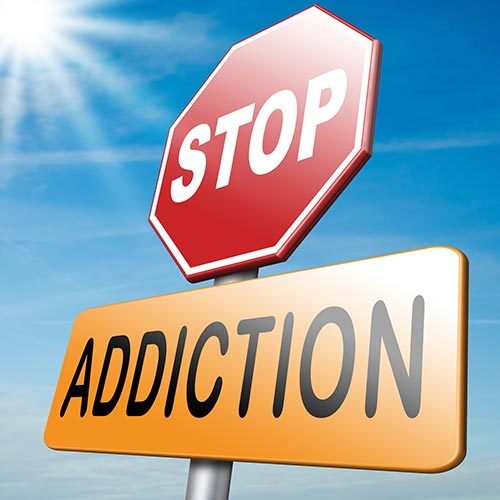
Every year, I learn something at the AERA meetings, but it never has anything to do with what’s on the program. Last year it was about recycling. This year, it was about ineffective but heart-tugging programs.
One morning in San Antonio, I came out of a restaurant after breakfast and there were two very sweet-looking middle school girls who were collecting money for their school’s DARE program. DARE (Drug Abuse Resistance Education) is a very widespread program that is designed to reduce drug and alcohol use. Police officers speak to students and get them to sign a pledge not to use drugs or alcohol. The girls told me DARE had now added a focus on preventing suicide. I was impressed by their presentation, and gave them twenty bucks.
Why do I consider this mundane transaction blog-worthy? The answer is that it just so happens that DARE is the very anti-poster child among advocates for evidence-based reform. It’s seen as an appealing-sounding yet ineffective program. According to Blueprints (www.blueprints.org), which rigorously reviews mostly drug, alcohol, and delinquency prevention programs, does not rate DARE as effective, and numerous reports of large-scale evaluations found no benefits. In 2001, the U.S. Surgeon General put DARE on a list of ineffective and sometimes counterproductive programs.
Further, Blueprints certifies alternatives to DARE that have been rigorously evaluated and found to be effective in reducing drug and alcohol use among teens. For example, Blueprints lists the following programs as meeting its “model” criterion or better for middle school students: Lifeskills Training (LST), Multisystemic Therapy (MST), Functional Family Therapy (FFT), and Positive Action. Several other programs met the Blueprints “Promising” standard.
Knowing all this, why did I contribute? Clearly, I contributed from my heart, not my mind. The girls were very sincere, and believe fervently in what they were doing. From their perspective they were not advocating for a specific program, they were taking a personal stand against drugs and alcohol abuse, and I think that was admirable, so I admired it, to the extent of $20.
At the same time, I recognized the irony, and also thought about how government and philanthropists must see DARE, and many other programs intended to improve social and educational outcomes for youth. They must equally see programs that are sincere, appealing, and clearly offered by good people to do good things. They are probably not aware that there are proven alternatives offered by equally good people to accomplish equally valuable goals, which happen to actually make a difference. Evidence just does not play much of a role, if any, in these decisions. Supporting good causes is inherently good, isn’t it?
The problem is that government and philanthropic resources and attention are limited, and if these resources are tied up in ineffective or untested programs, they are not going to support proven alternatives that could actually move the needle.
Worse, funding DARE instead of proven alternatives may eventually put the alternative programs out of operation, and convince good-hearted people who want to improve outcomes for youth that doing rigorous evaluations of their programs is foolish.
Neither those middle school girls nor their teachers nor probably their principals could change the situation in which they find themselves. Even if they knew full well that DARE has not been shown to be effective, it is morally irresponsible to do nothing about drug and alcohol abuse, and DARE may be the only approach they have on offer.
Yet at higher levels in the system, there is a responsibility to find out which drug and alcohol prevention programs are truly effective and to invest in those. Such programs are easily found on Blueprints, for example, if only our leaders were in the habit of consulting it. Those middle school girls could just as well have been collecting for a program that works. Had they been doing so, I would have been a lot happier about the fate of my 20 bucks, not only because it might actually reduce drug and alcohol abuse, but because it would also indicate a changed mindset, one that values actual impact rather than just good intentions.
This blog is sponsored by the Laura and John Arnold Foundation
